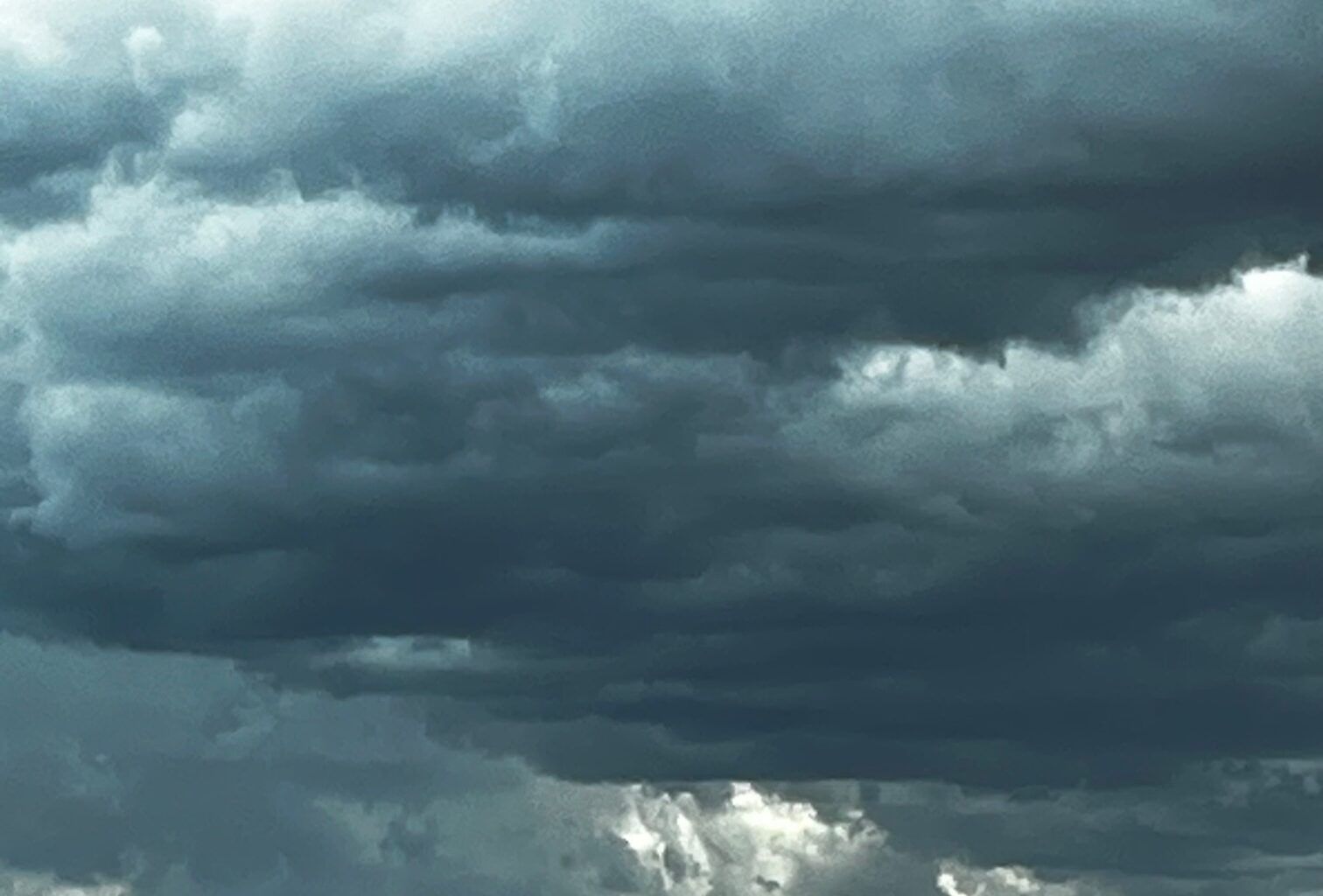For most Coloradans, it is almost impossible to imagine what people in a handful of southeastern states, including Florida, Tennessee, Georgia and North Carolina, experienced at the hands of Hurricanes Helene and Milton.
The two record-breaking storms ripped across hundreds of miles deconstructing roads, buildings, even entire towns and leaving in their wake a dystopian landscape.
Hurricane Helene, the first of the two seasonal storms to hit land, grew in intensity at an almost surreal pace. As it was building, scientists say, its winds, initially clocked between 60-70 miles per hour, nearly tripled in magnitude. At its most intense, Helene’s winds were estimated at or even above 180 mph.
Milton, the mainland’s next uninvited visitor, landed two weeks later. It also arrived with a similar fury. Scientists estimated that its windspeeds grew by nearly 100 mph in a single 24-hour period, building to approximately 175 mph. Both Helene and Milton were among the strongest hurricanes ever recorded by the U.S. Weather Service.
Damage estimates for both storms are still being calculated. But when final figures are determined, they will total billions and quite possibly, record billions.
“It’s a reality we have to address,” said meteorologist Erin Roberson, who teaches meteorology at Metropolitan State University-Denver. “I really think we’ll be seeing lot more of these intense storms.” Milton, said the National Weather Service, was the second most powerful hurricane to hit the U.S. since Hurricane Rita in 2005.
It has become accepted fact, endorsed by no less authority than the National Oceanic and Atmospheric Administration, that hurricanes form over warming sea surfaces. Ocean waters are warming, as much as 1.25 F higher than they rose from 1982-2011.
While that increase may not seem like much, this seemingly miniscule rise has already decimated ocean reefs, scorched marine food sources and melted glaciers at a record pace. Of course, hurricanes are far easier to visualize.
Hurricanes absorb this heat and convert it to kinetic energy, energy so named due to its motion. A hotter ocean allows tropical storms and typhoons—Indian Ocean storms—to grow in intensity.
As far back as 1987, an MIT-based scientist suggested that wind speeds in storms like Helene and Milton and those yet to come can be expected to increase by as much as 5 percent for every increase of 1.8°F or more in ocean temperatures.
But warming oceans and hurricanes along with other violent storms are not the only by-products of climate change. And it is not only coastal areas where climate change will be felt, said Roberson. Warming ocean temperatures will impact what she calls atmospheric rivers, a corridor of atmospheric moisture.
“Even in Colorado, especially in winter,” Roberson predicted, “what we could see is more intensity” in our storms. “When you have the Rockies, you have more uplift,” causing more moisture or snow to fall on the west of the mountains than on the east.
Roberson, who also once worked for the National Weather Service, joins a growing number of scientists who see greenhouse gases as the major contributor to rising ocean temperatures. The correlation between more carbon dioxide in the air—caused by the continual reli- ance on fossil fuels—and changing weather patterns has been well known for decades. “We knew something was happening in the eighties and certainly in the nineties,” Roberson said. “We have also known it would impact our climate.”
As recently as June, the United Nations issued a white paper on worldwide climate change. According to Copernicus, The European Union’s climate monitoring service, the planet has endured “12 consecutive months of unprecedented heat.”
Weather patterns, from sub-freezing winter cold to scorching summer temperatures, are already taking a toll on essential workers. Agricultural workers, many or even mostly immigrants, are among the most susceptible to these potentially fatal temperatures.
A number of farm workers stretching across every band of the country have already become statistics and victims of steadily rising seasonal temperatures. Scientific American said that as many as 2,000 workers die annually from extreme heat and an estimated 170,000 workers suffer heat-related injuries and illnesses each year.
The same heat that fuels tropical storms is also responsible for both record blizzards and prolonged drought. It is drought that forces ranchers to thin their herds, often selling well below market value, because of rising feed prices and dwindling water sources. A full connection of the dots, say scientists, forms a perilous image.
“I think this is a reality we all have to address,” Roberson said. “I think we’ll be seeing a lot more of these intense storms, a lot more drought, impact on agriculture, impacts on food systems and impacts on poverty.” It’s not just physical science, she said, “but social sustainability. If we do not start to address it more seriously, we could begin to see deterioration in people’s lives.”
But despite the signs that portent a looming darkness, there are still millions who doubt the legitimacy of climate change and simply chalk it up to simple bromides like ‘the weather’s always changing.’
Roberson says she holds no animosity toward climate change detractors. “They are not ignorant,” and should not be bullied into accepting the science of weather. It may be as simple, she said, as them being victims of a system that makes them believe politicians and unvetted internet source instead of people who actually study hard data, verifiable science.
